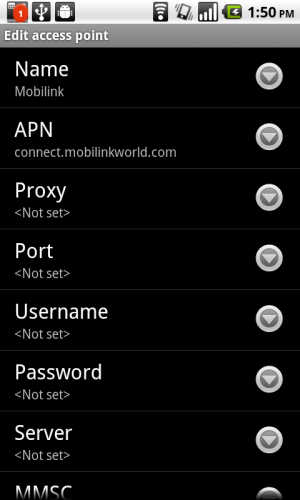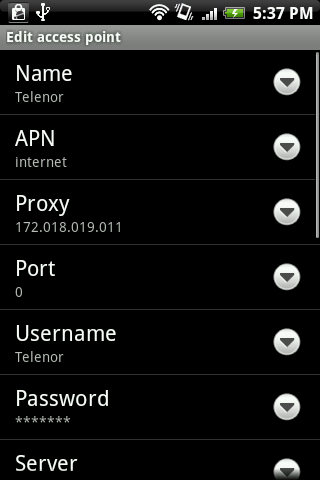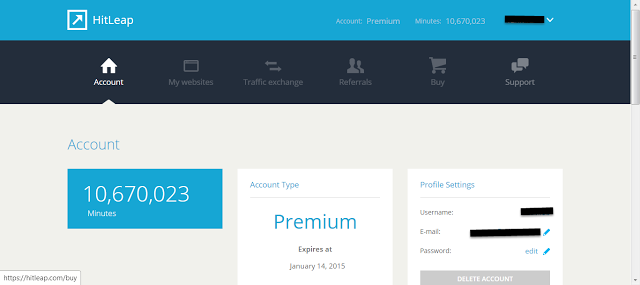To demonstrate the power of
Nomi (
jQuery in Java), we created a little Facebook bot, just in two hours, and just for fun:) The task was to create a bot that will:
- login to Facebook account,
- list friends proposals, and
- send a few 'Add friend' requests.
Since the idea was to use Jery, we are not using Facebook API, OAUTH authorization etc; moreover Facebook API doesn't provide all available functionality on purpose. Just good old send request - get response - parse, parse, parse technique.
Content of Facebook pages may change in future and example may stop working.
Note: the purpose of this practice is PURELY EDUCATIONAL. We do not want to make any harm, break a law, kill a puppy etc. If we do violate something, please let us know, and we will make all necessary actions. Thank you for understanding!
Once again, this is just a practice and the resulting code and the design is not the best possible. Now, let's start the clockwatch!
0:00 - 0:10 Setting up project
The first step is to set up the Java project in our IDE (IntelliJ IDEA). We need just two library sets:
- Jodd v3.3.1
- HttpClient v4.1.2 (several jars)
This is just a warmup. Next, check if Firefox and Firebug plugin are installed and working. We will need Firebug later to analyze HTML content and sniff the requests.
This examples uses 3rd party lib (HttpClient). See
similar example build only with
Jerryand
Http.
Lets create few simple HTTP-related utility methods over HttpClient. Basically, we need two methods, one to send GET request and the other to send POST request. However, this is not so trivial as it sounds.
First, we must to think about the session, i.e. cookies. Each request must send and receive cookies from the host. So every time we send some request, we need to pass previous set of cookies. This will simulate user session in browser. Next, our request must be able to follow redirects automatically. And lets not forget to set custom 'User-Agent' header, so Facebook host does not denies us automatically.
After few tries and errors, we come with this interface - it's not the perfect one, but it works:
public class HttpUtil {
private static DefaultHttpClient createHttpClient(CookieStore cookieStore) {
...
}
public static Response get(
String url, CookieStore cookieStore) throws IOException {
...
}
public static Response post(
String action, Map<String, String> parameters, CookieStore cookieStore)
throws IOException {
...
}
}
For implementation details you can
download the full source. The
Response class is a simple bean that collects several HTTP response products of interest: returned HTML content, status line and cookies.
0:56 - 1:00 Top-level methods
The main method must be simple:
public static void main(String[] args) throws IOException {
Response response;
response = loginToFacebook(EMAIL, PASS);
response = findFriends(response);
listAndAddFriends(response, new MutableInteger(0));
}
1:01 - 1:15 Login to Facebook
The idea is to load main Facebook page, find the login form and take all input parameters. Then set the username and password and post the form. After quick analysis of the front page, we find out that the login form has the following id: #login_form. So, let's finally seeJerry in action:
static Response loginToFacebook(String email, String pass) throws IOException {
Response response = HttpUtil.get("http://www.facebook.com", null);
Jerry doc = Jerry.jerry(response.getHtml());
Jerry loginForm = doc.$("#login_form");
String action = loginForm.attr("action");
Map<String, String> loginFormParams = JerryUtil.form(loginForm);
loginFormParams.put("email", email);
loginFormParams.put("pass", pass);
return HttpUtil.post(action, loginFormParams, response.getCookieStore());
}
As said: find the form, get all form parameters, set email and password, and finally, post the form. Do not forget the cookies! On the first (GET) request we collect cookies that are passed in the second (POST) request. Let's see how to collect form parameters:
public static Map<String, String> form(Jerry form) {
final Map<String, String> map = new HashMap<String, String>();
form.first().$(":input").each(new JerryFunction() {
public boolean onNode(Jerry $this, int index) {
String name = $this.attr("name");
String value = $this.attr("value");
map.put(name, value);
return true;
}
});
return map;
}
This method is trivial and not complete. You should use form() method from Jerry; that one returns all parameters including value of select boxes, checkboxes, textareas etc.
1:16 - 1:20 Find friends
This one is simple: just load the 'find friends' page on facebook. Of course, we still need to pass the cookies to maintain the session. Jerry is not working here:)
static Response findFriends(Response response) throws IOException {
response = HttpUtil.get(
"http://www.facebook.com/find-friends/browser/?ref=tn",
response.getCookieStore());
return response;
}
1:21 - 1:35 List friends
This one is not so hard. We just need to iterate the list of friends recommendations. However, we need to find some more data: facebook user id, the form id (used as CSRF shield) and the facebook id of each friend. Thanx to Jerry, this is easy:)
static void listAndAddFriends(
final Response response, final MutableInteger numberOfFriendsToInvite) {
Jerry doc = Jerry.jerry(response.getHtml());
Jerry userLink = doc.$("#pageHead #headNav ul#pageNav li.topNavLink a");
final String facebookUserId = extractId(userLink);
Jerry input = doc.$("input#post_form_id");
final String postFormId = input.attr("value");
Jerry form = doc.$("form.friendBrowserForm");
form.$("ul.uiList li div.fsl").each(new JerryFunction() {
public boolean onNode(Jerry $this, int index) {
String friendName = $this.find("a").text();
String friendFacebookId = extractId($this.$("a"));
System.out.println(friendFacebookId + " > " + friendName);
return true;
}
});
}
As we didn't want to spam and invite all friends at once, we are passing thenumberOfFriendsToInvite: it's the number of top listed friends that will be invited. So, for example, if you pass '3', only first three friends will be added, the rest will be just listed.
1:36 - 2:00 Add friends
Adding friends required some more thinking. The problem is that form is posted using Ajax and all information how the request is built is stored in the javascript. Jerry does not see that. So we can analyze the javascript code, which is painful, or… simply sniff the request in the Firebug.
Now things are getting better - we just need to send a POST request as displayed above. So the final piece of the code is:
static void addFriend(
String facebookUserId,
String friendFacebookId,
String postFormId,
Response response) throws IOException {
HashMap<String, String> params = new HashMap<String, String>();
params.put("__user", facebookUserId);
...
response = HttpUtil.post(
"http://www.facebook.com/ajax/add_friend/action.php?__a=1",
params, response.getCookieStore());
System.out.println(response.getStatusLine());
}
Now… relax
After two hours of coding, you deserved a break;) Run the bot and see it in action:
login...
finding friends...
listing friends...
facebook user id: id=11111111111
post form id: 50f2346f9d4c58ab17b7675298a10ec8
id=222222 > John Doe
>>> adding friend: id=222222
HTTP/1.1 200 OK
id=3333 > Kim Jong Un
>>> adding friend: id=3333
HTTP/1.1 200 OK
id=4444 > Bellucci Mon.
id=5555 > Depp Johny
id=6666 > Pitt Brad
...
And… friendship requests are sent:)
Download
If you are interested in more implementation details, feel free to
download the full source code. Again, this is just a quick-n-dirty code, coded in two hours.









0 comments: